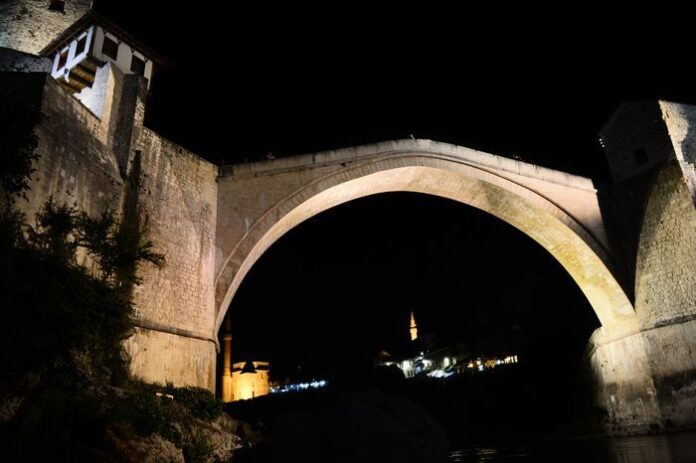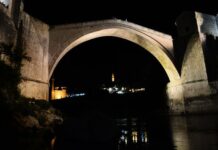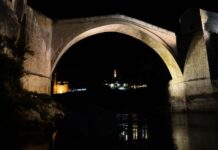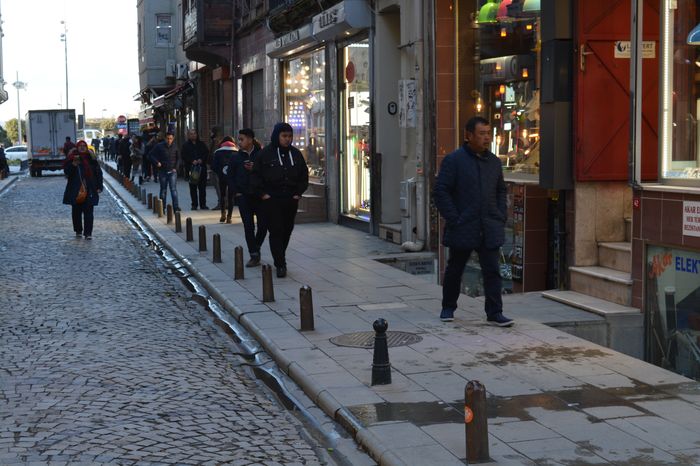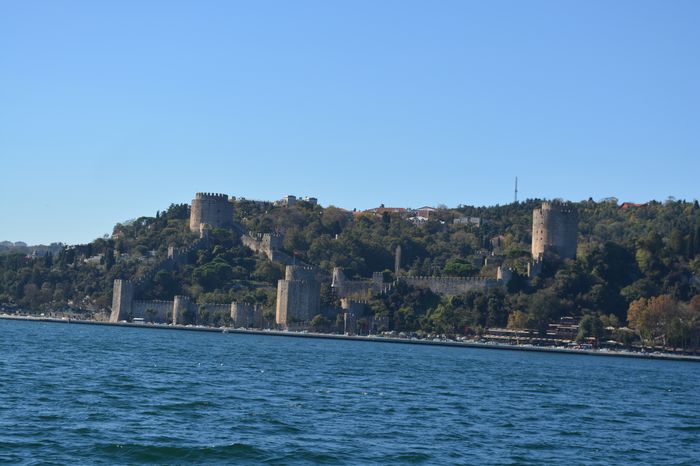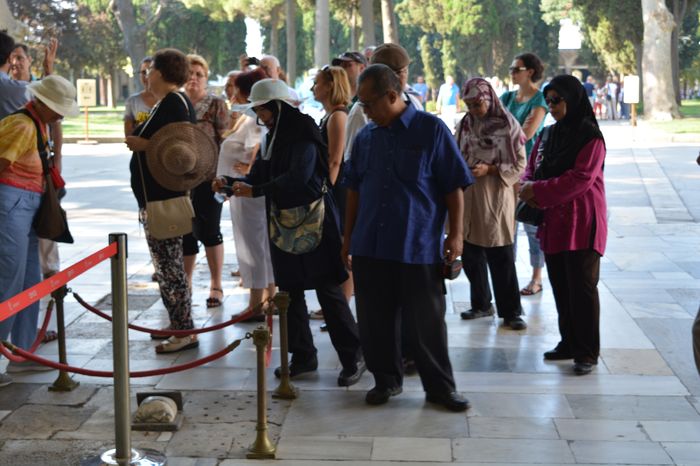St. Antony’s Ferry
The place known as Zeugma, also called the Ferry of St. Antony, was located near the shore. It was most likely a ferry point on the Golden Horn, one of the most important waterways in ancient Constantinople (modern-day Istanbul). If Zeugma is not exactly the same place as Oun-Kapan Kapoussi, a well-known ferry terminal, then it must have been somewhere nearby. Oun-Kapan Kapoussi has always been a key location for crossing the Golden Horn, so it makes sense that Zeugma was in that same area. Its position near the water made it a logical place for ferry transport during the Byzantine period Gates Believed to Belong to the Constantinian Wall.
The Course of the Constantinian Wall
When we look at the route of the Constantinian Wall, we can compare the modern findings with a historical source called the Paschal Chronicle. This chronicle is especially important because it was written when the original wall was still standing, providing firsthand information. According to this source, the old land wall of Constantinople stretched across the city, starting from the Gate of St. Emilianus near the Sea of Marmara, and ending in the Petrion district on the Golden Horn.
Confusion in Historical Interpretation
Although this statement is helpful, the chronicler made a historical error. He believed that the wall he saw was the one originally built to protect Byzantium by Phedalia, the legendary wife of Byzas, the city’s mythical founder. This was a mistake, but one that was common among Byzantine historians. Many of them lacked accurate historical knowledge and confused different building periods.
Therefore, we should ignore the chronicler’s incorrect historical opinion and instead focus on what he saw with his own eyes. When we do this, we see that he agreed with another anonymous source, known as the Anonymus, about the southern end of the wall Walking Guided Tours Sofia.
Agreement on the Wall’s Endpoint
Both sources mention that the Wall of Constantine ended near the Gate of St. Emilianus. This gate stood very close to the Church of St. Mary Rabdou, which is the exact location also given by the anonymous source. So, despite the historical mistake, the chronicler’s observation supports the other evidence about where the wall ended. This agreement helps historians better understand the original layout of Constantine’s city wall, which once defended the heart of the Byzantine Empire.
